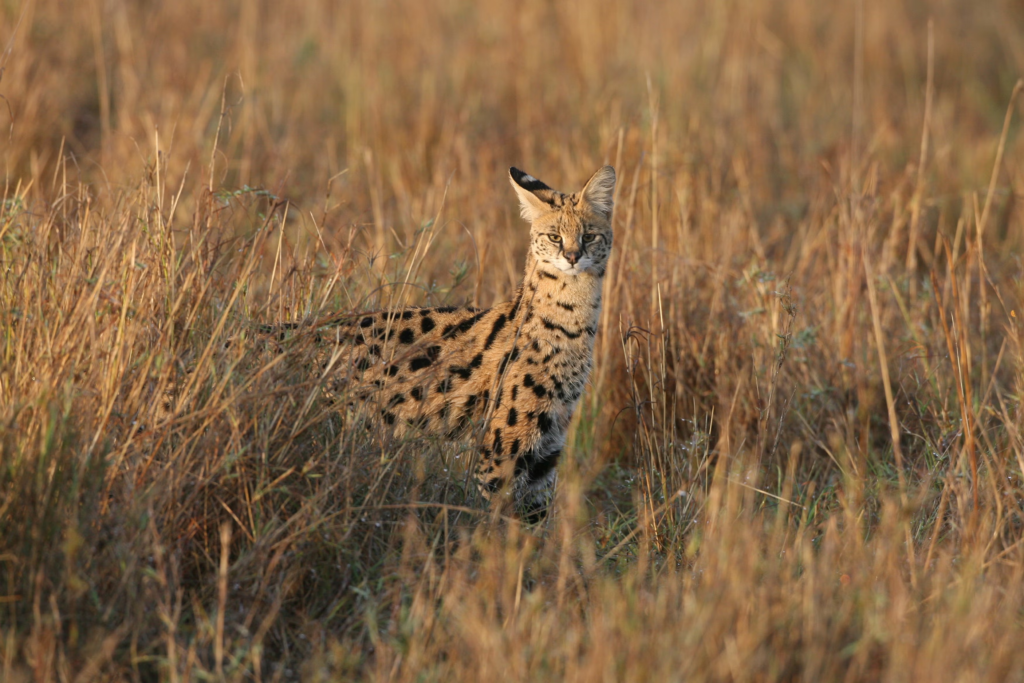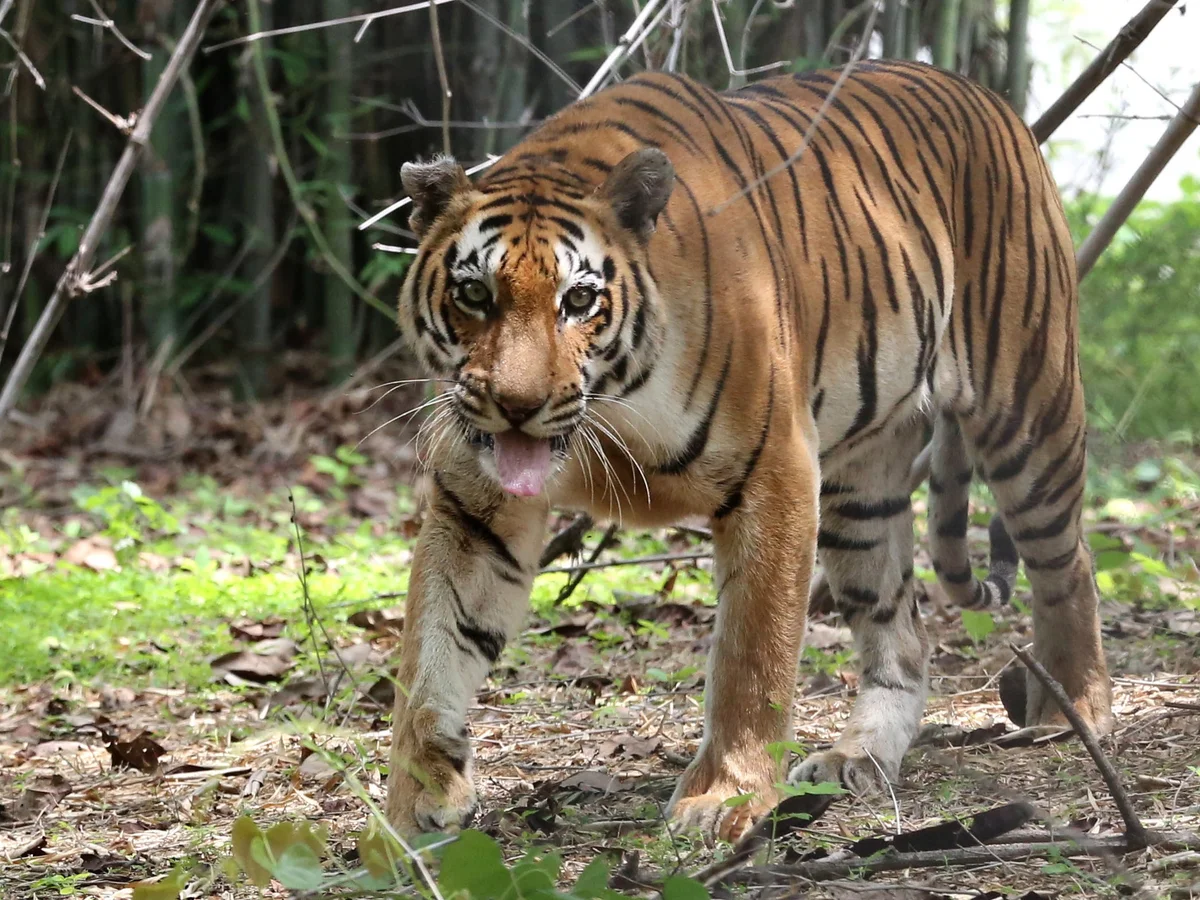The recent outbreak of bird flu has devastated an animal sanctuary in Washington, claiming the lives of 20 big cats, including a Bengal tiger and several cougars.
This tragic event highlights the risks posed by the virus to both wild and domestic animals. The Wild Felid Advocacy Center, where the outbreak occurred, has been deeply affected, marking one of the most significant losses in its history.
The Impact of Bird Flu on Washington’s Sanctuary
The Wild Felid Advocacy Center, a haven for exotic cats, has been a refuge for vulnerable species for years. The sanctuary lost five African serval cats, four bobcats, two Canada lynx, and a Bengal tiger, among others, to the avian influenza outbreak.
Only 17 big cats remain in the facility, underscoring the severity of the situation. The sanctuary’s director, Mark Mathews, shared the team’s heartbreak, stating that the animals typically live out their lives peacefully and succumb to old age, not to an outbreak of this magnitude.
The bird flu virus, known for its rapid spread and lethal effects, has presented a unique challenge to the sanctuary. Unlike previous threats, this viral infection caused symptoms that progressed so quickly that some animals succumbed within 24 hours.
Read : First Ever Severe Human H5N1 Bird Flu Case Reported in the US
The virus primarily spreads through respiratory secretions and bird-to-bird contact but can also infect mammals that ingest infected birds or related products.
Read : Finland Becomes the First Nation to Offer Bird Flu Vaccines to Humans
To prevent further spread, the sanctuary is under strict quarantine and has temporarily closed to the public. These measures are crucial to protect the remaining animals and mitigate the risk of the virus spreading to other wildlife or domestic species in the area.
Understanding Bird Flu and Its Impact on Wildlife
Bird flu, or avian influenza, is a highly contagious viral infection that primarily affects birds. However, certain strains of the virus have demonstrated the ability to cross species barriers, infecting mammals, including cats. The strain involved in this outbreak has proven particularly deadly to felines, as noted by the sanctuary in its public statements.
Symptoms in cats can be subtle initially but often progress rapidly. Respiratory distress, pneumonia-like conditions, and sudden death have been common indicators of the infection. This situation highlights the challenges that wildlife sanctuaries and zoos face in managing diseases that are traditionally associated with poultry or wild birds.

The outbreak at the sanctuary is part of a broader pattern of avian influenza infections across the United States. Since early 2024, the virus has spread beyond poultry and wild birds, infecting cattle for the first time. It has also begun affecting humans, with the Centers for Disease Control and Prevention (CDC) reporting 61 cases of human infection in the U.S. since April 2024.
Despite the alarming spread, the CDC reassures the public that the risk of human-to-human transmission remains low. However, the outbreak has necessitated emergency measures in states like California, where Governor Gavin Newsom declared an emergency to address the outbreak among dairy cows.
Challenges and Lessons for Wildlife Conservation
The loss of these 20 big cats serves as a sobering reminder of the interconnectedness of ecosystems and the potential for diseases to leap across species.
Wildlife sanctuaries, which often serve as safe havens for endangered or vulnerable species, are particularly susceptible to such outbreaks. The high density of animals in these spaces can facilitate the rapid spread of diseases, making containment efforts critical.
The Wild Felid Advocacy Center’s experience underscores the need for enhanced surveillance and biosecurity measures in facilities housing wildlife.

Early detection and isolation of infected animals are essential to prevent widespread outbreaks. The sanctuary’s quarantine and closure to the public are steps in the right direction, but the situation also calls for broader policy and funding support for wildlife disease management.
Moreover, this tragedy highlights the role of climate change and human activity in exacerbating the spread of zoonotic diseases. Changing migratory patterns of wild birds, driven by shifting climates and habitat destruction, increase the likelihood of interactions between infected birds and other species.
Wildlife conservation efforts must adapt to these emerging challenges to protect vulnerable species and maintain ecological balance.
let’s enjoy few years on earth with peace and happiness….✍🏼🙏

